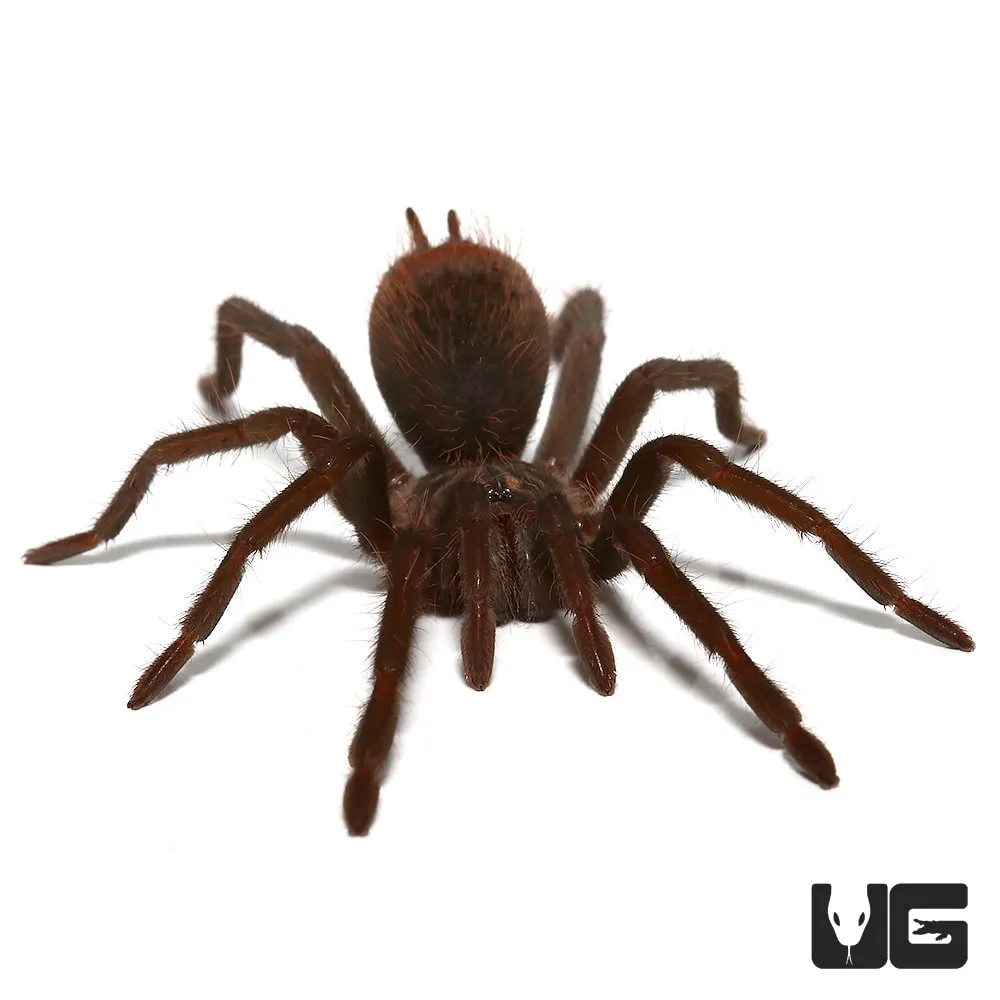Lesserblack Tarantula Facts You Need To Know
The Colombian Lesserblack Tarantula, scientifically known as Xenesthis intermedia, is a fascinating species of tarantula that has captured the attention of both novice and experienced arachnid enthusiasts. Known for their striking appearance and relatively docile nature, these spiders make intriguing pets. Understanding the key facts about Lesserblack Tarantulas is essential for anyone considering bringing one home or simply wanting to learn more about these amazing creatures. This guide will delve into seven key facts, providing a comprehensive overview of their characteristics, care requirements, and interesting behaviors. From their origins to their unique life cycle, this exploration will provide a deep dive into the world of the Colombian Lesserblack Tarantula.
What is a Colombian Lesserblack Tarantula?
The Colombian Lesserblack Tarantula (Xenesthis intermedia) is a species of tarantula native to Colombia. They are prized in the pet trade for their striking appearance, which typically features a velvety black body with iridescent blue or purple highlights on their legs and carapace. These tarantulas are relatively large, with females often reaching a leg span of up to 8 inches. Their docile temperament and relatively easy care requirements have made them a popular choice for those new to keeping tarantulas. They are terrestrial spiders, meaning they spend most of their time on the ground. Their beauty and manageable nature make them an excellent choice for enthusiasts.
Origin and Habitat
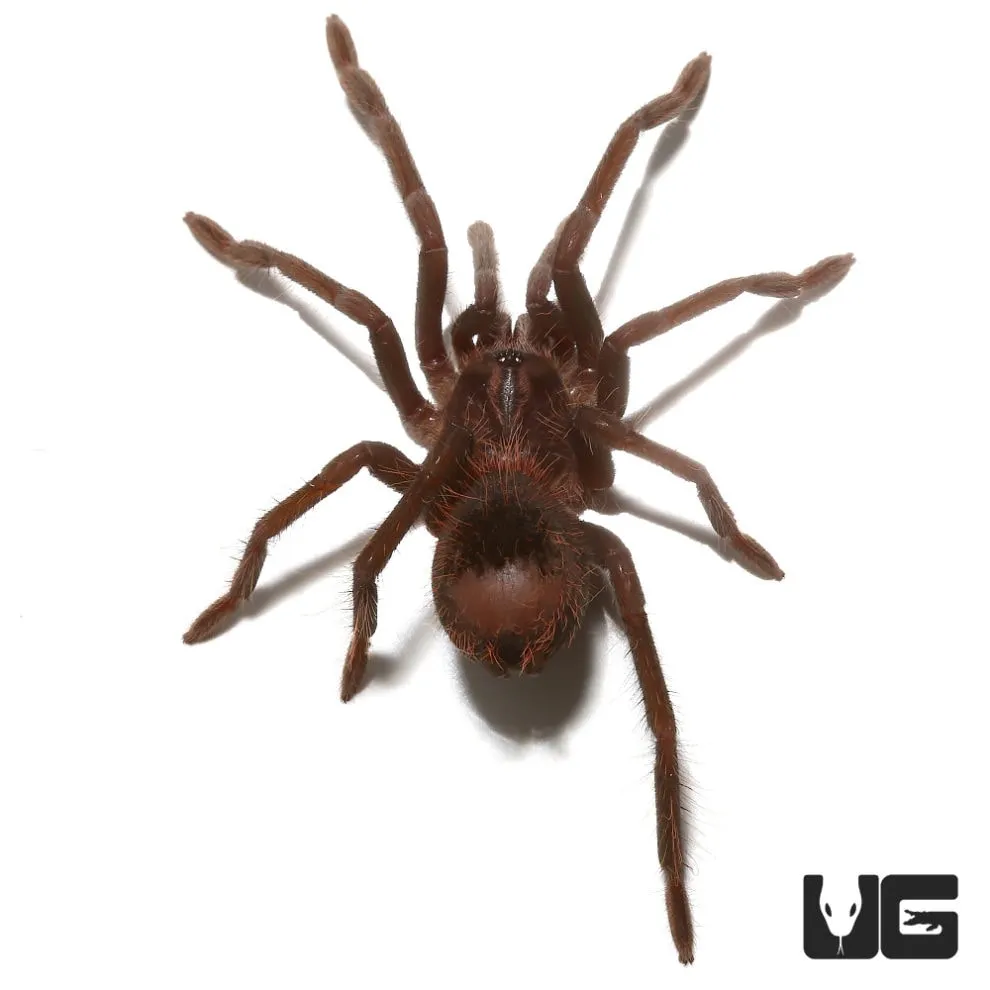
These tarantulas originate in the tropical rainforests of Colombia, where they thrive in humid environments with temperatures ranging from 75 to 85 degrees Fahrenheit. Their natural habitat consists of burrows in the forest floor, often under logs, rocks, or leaf litter. In the wild, they are ambush predators, patiently waiting for unsuspecting insects and other small creatures to come within striking distance. The dense vegetation and high humidity levels of their native environment provide the ideal conditions for these tarantulas to flourish. Understanding their natural habitat is crucial for replicating these conditions in captivity, ensuring the health and well-being of your pet Lesserblack Tarantula. Replicating their environment will help them thrive in your care.
Appearance and Characteristics
The Colombian Lesserblack Tarantula is renowned for its stunning appearance. The body is predominantly velvety black, with the legs and carapace often displaying iridescent blue or purple hues, especially in females. These colorations become more prominent as the tarantula matures. They have a robust build, with a large cephalothorax and a round abdomen covered in fine hairs. Their fangs are relatively large, used to inject venom into their prey. The intricate patterns and striking color combinations make these tarantulas visually appealing. The combination of their size and coloration makes them a standout pet choice. They are beautiful creatures to observe.
Size and Lifespan
The size and lifespan of a Colombian Lesserblack Tarantula vary depending on the sex. Females are typically larger than males, with a leg span of up to 8 inches, while males are usually slightly smaller. Females can live for 10-15 years or even longer with proper care, while males have a much shorter lifespan, typically only living for 2-3 years after reaching maturity. The size and lifespan of these tarantulas make them a long-term commitment for any potential owner. Factors such as diet, environmental conditions, and overall health significantly influence their growth and longevity. Careful attention to these factors is key to ensuring your Lesserblack Tarantula thrives throughout its life.
Lesserblack Tarantula Facts
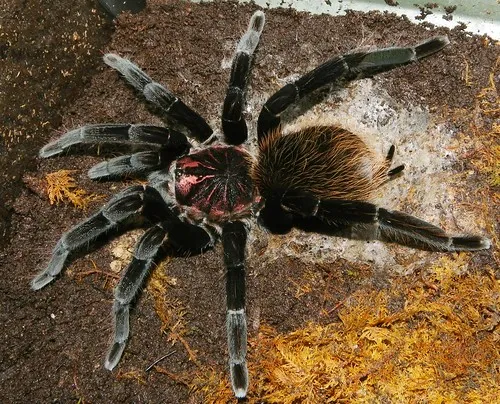
Fact 1 Diet and Feeding Habits
Lesserblack Tarantulas are carnivores, and their diet primarily consists of insects. In captivity, they thrive on a diet of crickets, roaches, mealworms, and other commercially available feeder insects. The size of the prey should be appropriate for the tarantula’s size; younger tarantulas should be fed smaller insects, while adults can handle larger prey. Feeding frequency varies based on the tarantula’s age and metabolism; juveniles may need feeding every few days, while adults can be fed once or twice a week. Always remove any uneaten food to prevent the build-up of mold or mites. Providing a varied diet can also ensure that your tarantula gets the nutrients it needs to stay healthy. Proper nutrition is key to tarantula health.
Fact 2 Temperament and Handling
Colombian Lesserblack Tarantulas are generally known for their docile temperament, which makes them a relatively good choice for beginner tarantula keepers. However, it’s essential to remember that they are still wild animals and should be handled with caution. While they are not typically aggressive, they can bite if they feel threatened. Handling should be minimized and only done when necessary, such as during enclosure maintenance. When handling, do so close to the ground to minimize the risk of injury if the tarantula falls. Always wash your hands thoroughly before and after handling your tarantula. Respecting their space and understanding their behavior can help prevent incidents.
Fact 3 Ideal Habitat Setup
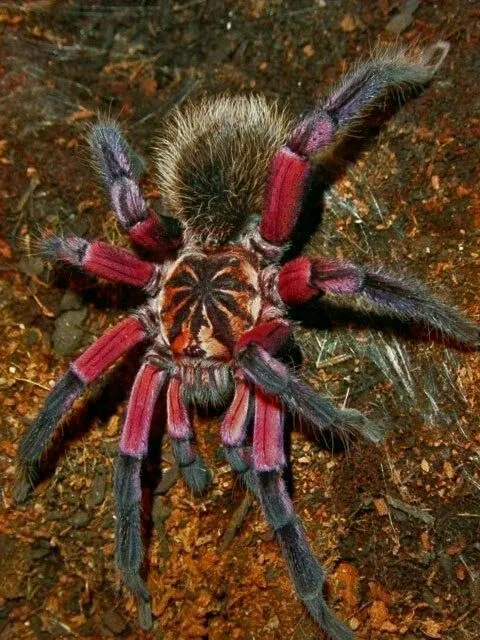
Creating the right habitat is crucial for the health and well-being of a Colombian Lesserblack Tarantula. The enclosure should be appropriately sized for the tarantula’s size, with juveniles needing smaller enclosures than adults. A glass or acrylic terrarium with a secure lid is ideal. The enclosure should include a substrate of substrate like coco coir, peat moss, or a mixture of the two, to a depth of several inches. This allows the tarantula to burrow, which satisfies its natural instincts. Providing a shallow water dish with clean water is essential, along with a hide or shelter, such as a piece of cork bark or a hollow log, to provide security. Maintaining the correct temperature and humidity levels, which are discussed in greater detail below, is also crucial for a healthy environment. A well-designed enclosure helps the tarantula thrive.
Fact 4 Molting Process
Molting is a natural process where tarantulas shed their exoskeletons to grow. During this process, the tarantula becomes vulnerable and should be left undisturbed. The frequency of molting depends on the tarantula’s age and growth rate; juveniles molt more often than adults. Before molting, the tarantula may appear lethargic and may stop eating. After molting, the tarantula’s new exoskeleton will be soft, and they will need time to harden. Never disturb a tarantula during its molting process, and avoid feeding until its fangs have fully hardened. Recognizing the signs of molting and providing a safe and undisturbed environment is key to the tarantula’s well-being during this crucial phase of its life. Molting is an essential aspect of their life cycle.
Fact 5 Common Health Issues
While Colombian Lesserblack Tarantulas are generally hardy, they can be susceptible to certain health issues. Parasites and mites can infest the enclosure, so it’s important to maintain a clean habitat. Mites can often be identified by their presence on the tarantula or substrate. Fungal infections can occur if the environment is too humid or poorly ventilated. Symptoms can include discoloration or lesions on the tarantula’s body. Proper husbandry practices, including maintaining appropriate humidity and temperature levels, providing a clean water source, and regularly removing uneaten food and waste, can help prevent these problems. If you notice any signs of illness, consult with a veterinarian experienced with invertebrates or a reputable tarantula expert. Prevention is key to keeping your tarantula healthy.
Fact 6 Breeding and Reproduction

Breeding Colombian Lesserblack Tarantulas in captivity can be a rewarding experience, but it requires knowledge and patience. Breeding typically involves introducing a mature female to a male’s enclosure. If the female is receptive, mating will occur. After mating, the female will construct an egg sac, which contains a large number of eggs. The egg sac needs to be incubated under carefully controlled conditions to ensure successful hatching. Raising spiderlings requires a great deal of care and attention. Breeding requires specific environmental controls. It’s a complex process but a fascinating one for those interested in expanding their knowledge of these creatures. Successful breeding results in more of these amazing creatures.
Fact 7 Conservation Status
The conservation status of the Colombian Lesserblack Tarantula is not currently evaluated by the IUCN. However, like many tarantula species, they face threats from habitat loss due to deforestation and the pet trade. Responsible pet ownership and supporting conservation efforts are essential to protect these amazing creatures. Buying captive-bred tarantulas helps reduce the pressure on wild populations. Being informed about their conservation status is vital for responsible pet ownership. Awareness and action can help preserve these beautiful spiders for future generations. Supporting conservation efforts is something to consider.
Caring for a Lesserblack Tarantula
Choosing a Healthy Tarantula

When choosing a Colombian Lesserblack Tarantula, it’s crucial to select a healthy specimen. Look for a tarantula that is active and alert, with a plump abdomen, indicating it is well-fed. Avoid tarantulas that appear lethargic, have missing limbs, or show signs of illness. Check for mites or other parasites. Buying from a reputable breeder or pet store is highly recommended to ensure the tarantula is healthy and has been properly cared for. Inquiring about the tarantula’s history, including its age, feeding habits, and any previous molts, can provide valuable information. A healthy start is essential for a thriving tarantula.
Creating a Suitable Enclosure
As mentioned above, the enclosure should be appropriately sized for the tarantula’s size. A ten-gallon tank or similar sized enclosure is suitable for juveniles, while adults require a larger enclosure, such as a 20-gallon long tank. The enclosure should have a secure lid to prevent escapes. The substrate should be several inches deep to allow for burrowing and should be made of coco coir, peat moss, or a mixture of both. Provide a water dish with clean water, ensuring it is shallow enough to prevent drowning. A hide, like a piece of cork bark or a hollow log, should be provided for the tarantula to retreat to. Maintaining appropriate temperature and humidity is also crucial for a healthy environment. Setting up the perfect enclosure is key to a happy tarantula.
Feeding and Watering
Feeding your Colombian Lesserblack Tarantula requires careful attention. Offer a variety of appropriately sized insects, such as crickets or roaches. Juveniles should be fed more frequently than adults. Remove uneaten food within 24 hours to prevent mold or mite infestations. Fresh, clean water should always be available in a shallow dish. Regularly check the water dish and refill it as needed. Proper hydration is essential for your tarantula’s health. Adjust your feeding schedule based on the tarantula’s age, size, and activity level. Overfeeding can lead to health problems, so it is important to be mindful of your tarantula’s needs. Proper feeding is an important aspect of care.
Handling and Interaction
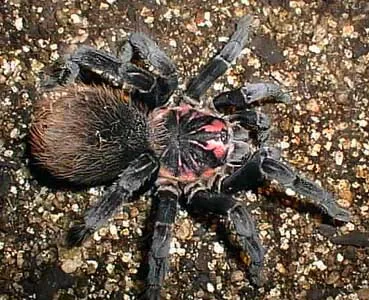
Handling a Colombian Lesserblack Tarantula should be done with caution and minimized. While they are generally docile, they can bite if they feel threatened. Handling should be done close to the ground to minimize the risk of injury if the tarantula falls. Always wash your hands thoroughly before and after handling. Avoid sudden movements or loud noises that could startle the tarantula. Observe your tarantula’s behavior and learn to recognize signs of stress or aggression. Building trust with your tarantula can be done by providing a safe environment and understanding its needs. Respecting its space is key to a positive relationship. Careful interaction helps with the tarantula’s wellbeing.
Conclusion
The Colombian Lesserblack Tarantula is a captivating species, offering a unique and rewarding experience for arachnid enthusiasts. Understanding their characteristics, care requirements, and behaviors is essential for providing a healthy and enriching environment. By following the guidelines outlined in this guide, you can ensure your Lesserblack Tarantula thrives in captivity. From their stunning appearance to their fascinating life cycle, these tarantulas offer a glimpse into the wonders of the natural world. With proper care and respect, these tarantulas can provide years of enjoyment. Enjoy the amazing world of these spiders.
